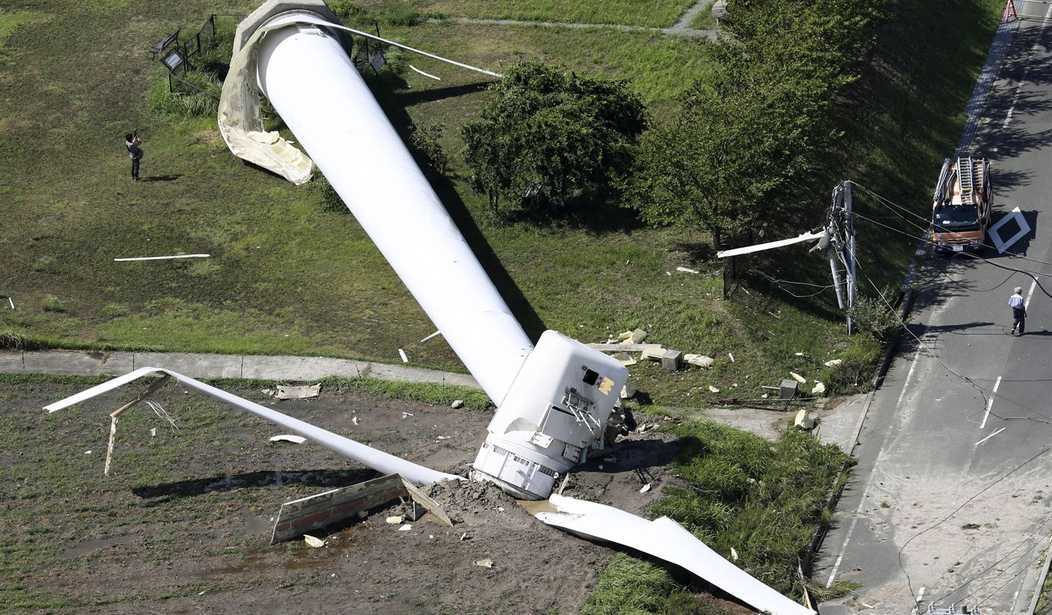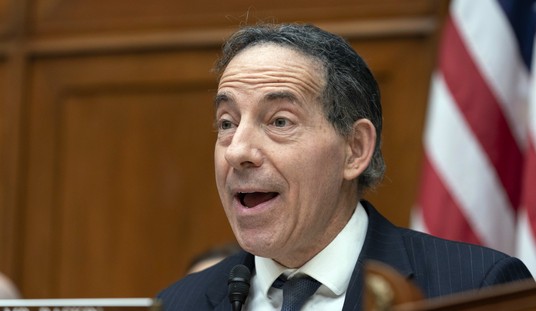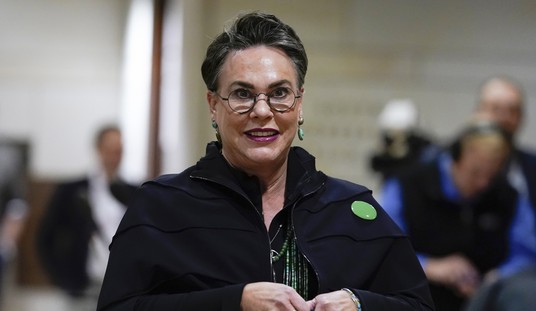The flaws of wind power on a grid scale just keep getting more and more obvious to anyone who is paying attention. The windmills are big and ugly; they present not only aesthetic dangers but real ones. Like most "green energy" efforts, they are not only a solution looking desperately for a problem but are creating new problems all on their own.
There's another problem: reliability. Any energy generation source that is intermittent, like wind or solar power, cannot be relied on by themselves. There has to be a constant source, and those constant sources can be hydro, oil, gas, coal, or nuclear. They have to be one of those if humans want to maintain our modern, high-tech lifestyle; our lives depend on energy, and cheap, reliable energy is the essential first step on the road to prosperity.
Now we see another data point illustrating this: In 2023, despite increasing the number of windmills, wind power generation actually decreased. Why?
U.S. electricity generation from wind turbines decreased for the first time since the mid-1990s in 2023 despite the addition of 6.2 gigawatts (GW) of new wind capacity last year. Data from our Power Plant Operations Report show that U.S. wind generation in 2023 totaled 425,235 gigawatthours (GWh), 2.1% less than the 434,297 GWh generated in 2022.
U.S. wind capacity increased steadily over the last several years, more than tripling from 47.0 GW in 2010 to 147.5 GW at the end of 2023. Electricity generation from wind turbines also grew steadily, at a similar rate to capacity, until 2023. Last year, the average utilization rate, or capacity factor, of the wind turbine fleet fell to an eight-year low of 33.5% (compared with 35.9% in 2022, the all-time high).
The 2023 decline in wind generation indicates that wind as a generation source is maturing after decades of rapid growth. Slower wind speeds than normal affected wind generation in 2023, especially during the first half of the year when wind generation dropped by 14% compared with the same period in 2022. Wind speeds increased later in 2023, and wind generation from August through December was 2.4% higher than during the same period in 2022. Wind speeds had been stronger than normal during 2022.
That's a lot of talk that just amounts to "it wasn't as windy in 2023."
People advocate for these things in the name of green energy and to combat climate change, but aside from the low energy density of wind power, aside the unreliability of a variable source like wind or solar power, other problems just aren't often discussed.
For instance: The giant blades of these windmills don't last forever, and they can't be reused. Instead, they are buried - thousands of them - to the tune of 80,000 tons per year. What, precisely, is "green" about that?
Also: These windmills are notorious for killing birds, including large raptors like golden eagles - magnificent predators that are not common. Thousands of birds a year are killed by these wind farms. What, precisely, is "green" about that?
If nothing else turned the public off of these massive wind-turbine farms – aside from the expense (oh, and all the materials that can only be sourced from fossil fuels) and the difficulty in disposing of the turbine blades when their useful lives are up, is the massive footprint these things require to develop power on a scale that’s even remotely adequate for the power grid, not to mention all the dead birds.
This isn’t just a boondoggle. It is fraud on a massive scale. And we're paying for it - all of us.
See Related: To Meet Electric Vehicle Goals, California Must Spend $20 Billion on Grid Updates
Should Trump and the GOP Make Foreign Aid a Loan Tied to a Nation's Natural Resources?
If private businesses or homeowners want to try wind and/or solar on their property, fine; they are welcome to do so at their own cost, then we’ll see if they can prove efficiency or even capability in the marketplace. That's where these things should be decided; in the marketplace. There are in fact a few people we know here in the Great Land who are off-grid and depend on solar (and diesel generators) for power. That’s fine – their choice, their responsibility.
But it’s pretty well established now that grid-scale wind power isn’t viable. And it's not the only "green" initiative we're finding out isn't very practical.
If the Green New Deal advocates were serious - if they wanted a low-carbon alternative to fossil fuels that would allow us to maintain our modern, technological lifestyle, which requires abundant, reliable, cheap energy - they'd be advocating for nuclear power plants, and plenty of them.
They aren't, which really tells you all you need to know.














